特惠-26考研冲刺
特惠-27考研课
双证-在职硕士
免联考-同等学力
复试分数线
26复试全面指导
模拟复试面试
26考研-全套真题
26考研估分
保研-路线图
27考研-智能择校
27考研-英语测评
27考研-新大纲对比
热门-计算机择校
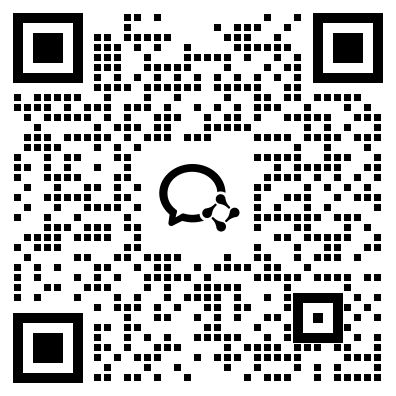
扫码加入训练营
牢记核心词
学习得礼盒
同等学力申硕考试备考阶段,真题是对于大家来说很重要的复习资料。为了帮助大家更好的备考,考试顺利。小编为大家整理了“同等学力英语真题阅读理解(6)”相关内容,让我们一起来看看吧!
同等学力英语真题阅读理解(6)
The exact number of english words is not known. the large dictionaries have over half a million entries, but many of these are compound words (schoolroom, sugar bowl) or different derivatives of the same word (rare—rarely, rarefy), and a good many are obsolete words to help us read older literature. dictionaries do not attempt to cover completely words that we can draon: the informal vocabulary, especially slang, localism, the terms of various occupations and professions; words use only occasionally by scientists and specialists in many fields; foreign words borrowed for use in english; or many new words or new senses of words that come into use every year and that may or may not be used long enough to warrant being included. it would be conservative to say that there are over a million english words that any of us might meet in our listening and reading and that we may draw on in our speaking and writing.
Professor seashore concluded that first graders enter school with at least 2,000 words and add 5,000 each year so that they leave high school with at least 80,000. these figures are for recognition vocabulary, the words we understand when we read or hear them. our active vocabulary, the words we use in speaking and writing, is considerably smaller.
you cannot always produce a word exactly when you want it. but consciously using the words you recognize in reading will help get them into your active vocabulary. occasionally in your reading pay particular attention to these words, especially when the subject is one that you might well write or talk about. underline or make a list of words that you feel a need for and look up the less familiar ones in a dictionary. and then before very long find a way to use some of them.
once you know how they are pronounced and what they stand for, you can safely use them.
1. in the author′ s estimation, there are ____ words in english.
a. more than half a million b. at least 24,000
c. at least 80,000 d. more than a million
2. the word “obsolete” most probably means ____.
a. no longer in use b. profoundc. colorful or amusing d. common
3. one′ s recognition vocabulary is ____.
a. less often used than his active vocabularyb. smaller than his active vocabulary
c. as large as his active vocabularyd. much larger than his active vocabulary
4. the author does not suggest getting recognition vocabulary into active vocabulary by ____.
a. making a list of words you need and looking up the new ones in a dictionary
b. everyday spending half an hour study the dictionary
c. consciously using the words you recognize in reading
d. trying to use the words you recognize
5. from this passage we learn that ____.
a. dictionaries completely cover the words we can make use of
b. “schoolroom” is used in the passage as an example of a specialized term
c. once you know how a word is pronounced and what it represents, you have turned it into your active word
d. active vocabulary refers to words we understand when we read and hear them
1.【答案】d。
【解析】在第一段中明确写道:保守估计,在听说读写各方面可能会遇到的英语单词超过一百万个。从这一句我们可以看出d项“一百万多个”是正确的。a项不正确,而b项是指高中毕业生的词汇量,c项是指一年级学生的词汇量。
2.【答案】a。
【解析】对这一题我们可以通过上下文的意思来判断,文中写道obsolete words是用来帮助我们阅读古代文学的,由此我们可推断出,obsolete words是用于古代文学中的,即老式词,所以a项“不再使用的”与原文相近,b、c、d都不正确。
3.【答案】d。
【解析】在第二段末尾,明确提到recognition vocabulary(认识词汇)是用于读或听的词汇,active vocabulary(会用的词汇)是说和写时用的词汇,后者比前者小得多,即会用的词汇小于认识的词汇,这样不难看出d项是正确的,而a项“比会用的词汇用得少”,这在原文中未曾提及,b、c两项与原文意思不符。
4.【答案】b。
【解析】这一题要求我们对原文充分理解后,结合排除法来做。文中第三段讨论了这个问题,我们可以在其中发现a项:把你需要用的词列成一张单子,然后在字典中查出生词的涵义,c项:有意识地多用你在阅读中认识的新词,d项:尝试使用你认识的词。在排除以上三项之后只有b项,每天读半小时的字典符合题意。
5.【答案】c。
【解析】这一题要求对全文通篇有所理解后才能决定出答案,并且这种题无法从文中找到一个可用判断的确切依据,须用排除法结合大意来做。a项认为“字典完全包括我们所用的词汇”,而原文中提到字典并不企图完全包含我们所用的词汇“,因此a是不正确的。b项认为”schoolroom在本文中用于说明特定术语“,而文中提到schoolroom时是作为复合词的例证,因此b是不正确的。c项认为”一旦你知道一个词如何发音且代表什么,你就掌握了这一单词“,这与原文中的”一旦你知道一个词如何发音且代表着什么,你就能安全地运用它“的意思相符,所以c项是正确的。
以上就是为大家整理的“同等学力英语真题阅读理解(6)”,希望大家可以更好的利用同等学力申硕真题,做好复习,在接下来的考试中取得满意的成绩!
本文关键字: 同等学力申硕真题

 资料下载
资料下载
2014年-2025年考研历年真题汇总
发布时间:2024-04-25扫码添加【考研班主任】
即可领取资料包
考研大纲PDF电子版下载-历年(附解析)
发布时间:2024-04-25扫码添加【考研班主任】
即可领取资料包
2026年考研政数英备考资料zip压缩包
发布时间:2024-04-25扫码添加【考研班主任】
即可领取资料包
考研英语大纲词汇5500打印版(基础必备)
发布时间:2024-04-25扫码添加【考研班主任】
即可领取资料包
新东方在线考试模拟题【12套】
发布时间:2024-04-25扫码添加【考研班主任】
即可领取资料包
2026年考研专业课知识点总结
发布时间:2024-04-25扫码添加【考研班主任】
即可领取资料包
新东方考研资料下载地址
发布时间:2023-05-17新东方在线考研资料合集
下载方式:微信扫码,获取网盘链接
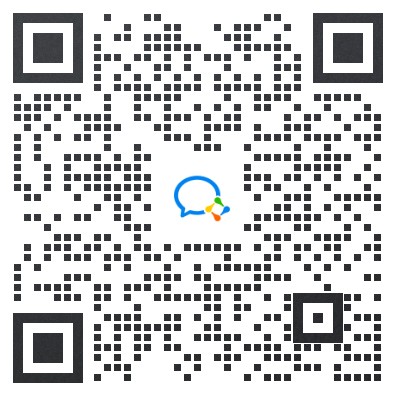
目录:
1.2013-2023年近10年政数英真题及解析PDF版(新东方)
2.2013-2023年专业课考试历年真题及解析PDF版
3.24考研复习备考资料大合集:大纲+备考资料+词汇书+考前押题+自命题
资料介绍:
1.2013-2023年近10年政数英真题及解析PDF版(新东方)
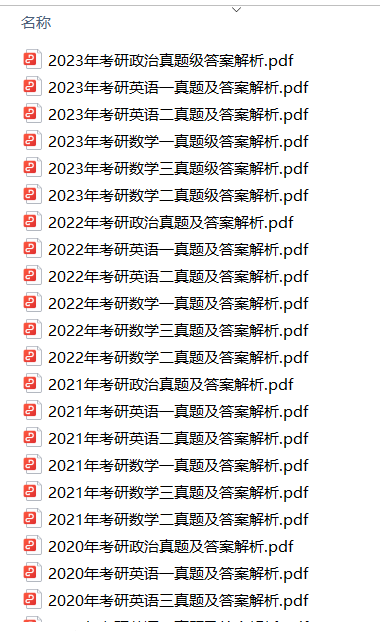 、
、
2.2013-2023年专业课考试历年真题及解析PDF版


3.24考研复习备考资料大合集
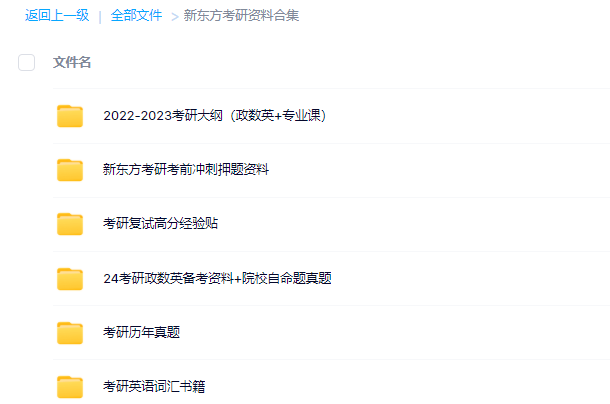
3.24考研复习备考资料:考研大纲
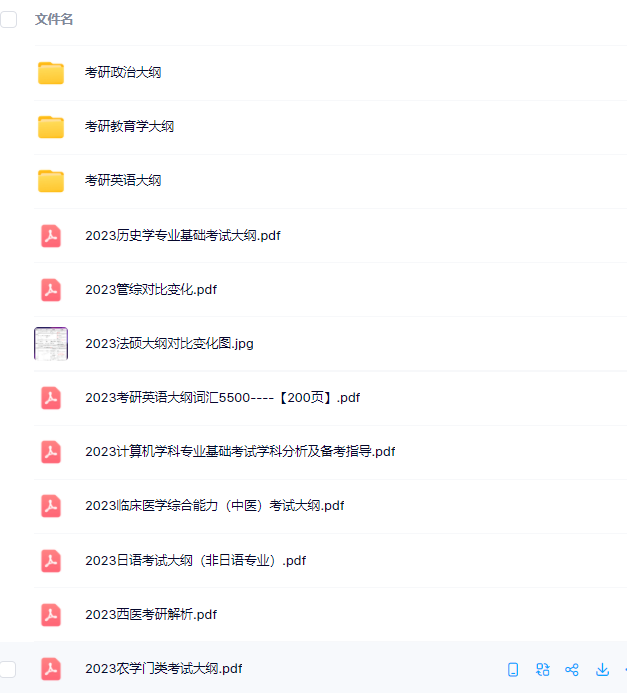
3.24考研复习备考资料:政数英备考资料+自命题真题

------------------
考研备考过程中,尤其是专业课部分,参考往年的考试真题,对于我们的复习有更好的帮助。北京大学考研真题资料都有哪些?小编为大家进行了汇总。
北京大学考研真题资料-公共课
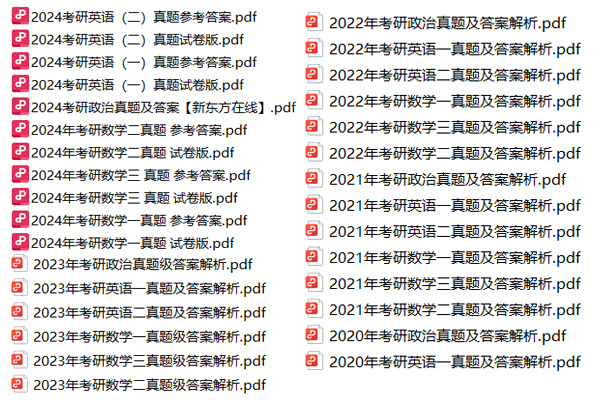
北京大学考研真题资料-专业课


以上就是关于“北京大学考研真题资料下载(历年汇总)”的整理,更多考研资料下载,请关注微信获取下载地址。
2024考研公共课必背知识点汇总
发布时间:2023-01-03扫码添加【考研班主任】
即可领取资料包
2013-2023考研历年真题汇总
发布时间:2023-01-03扫码添加【考研班主任】
即可领取资料包
考研英语大纲词汇(PDF可打印)
发布时间:2023-01-03扫码添加【考研班主任】
即可领取资料包
2024考研专业课知识点总结
发布时间:2023-01-03扫码添加【考研班主任】
即可领取资料包
2023考研政治 内部押题 PDF
发布时间:2022-11-16扫码添加【考研班主任】
即可领取资料包
徐涛:23考研预测六套卷
发布时间:2022-11-16扫码添加【考研班主任】
即可领取资料包
考研政数英冲刺资料最新整理
发布时间:2022-11-16扫码添加【考研班主任】
即可领取资料包
23考研答题卡模板打印版
发布时间:2022-11-16扫码添加【考研班主任】
即可领取资料包
2023考研大纲词汇5500PDF电子版
发布时间:2022-07-28扫码添加【考研班主任】
即可领取资料包
考研历年真题(公共课+专业课)
发布时间:2022-07-28扫码添加【考研班主任】
即可领取资料包
考研英语阅读100篇附解析及答案
发布时间:2022-01-07扫码添加【考研班主任】
即可领取资料包
新东方考研学霸笔记整理(打印版)
发布时间:2022-01-07扫码添加【考研班主任】
即可领取资料包
2001-2021年考研英语真题答案(可打印版)
发布时间:2022-01-07扫码添加【考研班主任】
即可领取资料包
考研英语词汇5500(完整版下载)
发布时间:2022-01-07扫码添加【考研班主任】
即可领取资料包
2022考研政审表模板精选10套
发布时间:2022-01-07扫码添加【考研班主任】
即可领取资料包
历年考研真题及答案 下载
发布时间:2021-12-09扫码添加【考研班主任】
即可领取资料包
考研政审表模板汇总
发布时间:2020-06-17扫码添加【考研班主任】
即可领取资料包
近5年考研英语真题汇总
发布时间:2020-06-17扫码添加【考研班主任】
即可领取资料包
考研英语大纲词汇5500
发布时间:2020-06-17扫码添加【考研班主任】
即可领取资料包
2022考研12大学科专业排名汇总
发布时间:2019-11-21扫码添加【考研班主任】
即可领取资料包
2023考研政治复习备考资料【珍藏版】
发布时间:2019-11-21扫码添加【考研班主任】
即可领取资料包
考研英语万能模板+必备词汇+范文
发布时间:2019-11-21扫码添加【考研班主任】
即可领取资料包
考研数学一、二、三历年真题整理
发布时间:2019-11-21扫码添加【考研班主任】
即可领取资料包

添加班主任领资料
添加考研班主任
免费领取考研历年真题等复习干货资料
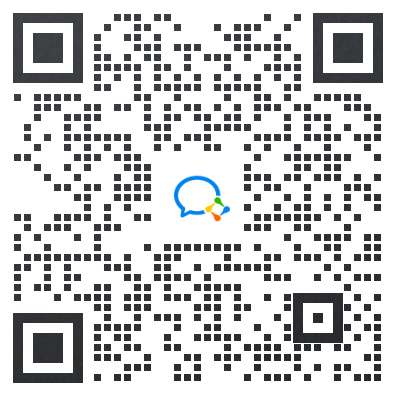
 推荐阅读
推荐阅读
同等学力申硕考试备考阶段,真题是对于大家来说很重要的复习资料。为了帮助大家更好的备考,考试顺利。小编为大家整理了同等学力真题法
来源 : 网络 2022-08-11 08:29:00 关键字 : 同等学力申硕真题
同等学力申硕考试备考阶段,真题是对于大家来说很重要的复习资料。为了帮助大家更好的备考,考试顺利。小编为大家整理了同等学力申硕考
来源 : 网络 2022-08-12 08:29:00 关键字 : 同等学力申硕真题
同等学力申硕考试备考阶段,真题是对于大家来说很重要的复习资料。为了帮助大家更好的备考,考试顺利。小编为大家整理了同等学力申硕考
来源 : 网络 2022-08-12 08:29:00 关键字 : 同等学力申硕真题
同等学力申硕考试备考阶段,真题是对于大家来说很重要的复习资料。为了帮助大家更好的备考,考试顺利。小编为大家整理了同等学力申硕考
来源 : 网络 2022-08-12 08:29:00 关键字 : 同等学力申硕真题
同等学力申硕考试备考阶段,真题是对于大家来说很重要的复习资料。为了帮助大家更好的备考,考试顺利。小编为大家整理了同等学力申硕考
来源 : 网络 2022-08-12 08:29:00 关键字 : 同等学力申硕真题

 资料下载
资料下载
扫码添加【考研班主任】
即可领取资料包
扫码添加【考研班主任】
即可领取资料包
扫码添加【考研班主任】
即可领取资料包
扫码添加【考研班主任】
即可领取资料包
扫码添加【考研班主任】
即可领取资料包
扫码添加【考研班主任】
即可领取资料包
新东方在线考研资料合集
下载方式:微信扫码,获取网盘链接

目录:
1.2013-2023年近10年政数英真题及解析PDF版(新东方)
2.2013-2023年专业课考试历年真题及解析PDF版
3.24考研复习备考资料大合集:大纲+备考资料+词汇书+考前押题+自命题
资料介绍:
1.2013-2023年近10年政数英真题及解析PDF版(新东方)
 、
、
2.2013-2023年专业课考试历年真题及解析PDF版


3.24考研复习备考资料大合集

3.24考研复习备考资料:考研大纲

3.24考研复习备考资料:政数英备考资料+自命题真题

------------------
考研备考过程中,尤其是专业课部分,参考往年的考试真题,对于我们的复习有更好的帮助。北京大学考研真题资料都有哪些?小编为大家进行了汇总。
北京大学考研真题资料-公共课

北京大学考研真题资料-专业课


以上就是关于“北京大学考研真题资料下载(历年汇总)”的整理,更多考研资料下载,请关注微信获取下载地址。
扫码添加【考研班主任】
即可领取资料包
扫码添加【考研班主任】
即可领取资料包
扫码添加【考研班主任】
即可领取资料包
扫码添加【考研班主任】
即可领取资料包
扫码添加【考研班主任】
即可领取资料包
扫码添加【考研班主任】
即可领取资料包
扫码添加【考研班主任】
即可领取资料包
扫码添加【考研班主任】
即可领取资料包
扫码添加【考研班主任】
即可领取资料包
扫码添加【考研班主任】
即可领取资料包
扫码添加【考研班主任】
即可领取资料包
扫码添加【考研班主任】
即可领取资料包
扫码添加【考研班主任】
即可领取资料包
扫码添加【考研班主任】
即可领取资料包
扫码添加【考研班主任】
即可领取资料包
扫码添加【考研班主任】
即可领取资料包
扫码添加【考研班主任】
即可领取资料包
扫码添加【考研班主任】
即可领取资料包
扫码添加【考研班主任】
即可领取资料包
扫码添加【考研班主任】
即可领取资料包
扫码添加【考研班主任】
即可领取资料包
扫码添加【考研班主任】
即可领取资料包
扫码添加【考研班主任】
即可领取资料包

 阅读排行榜
阅读排行榜
 相关内容
相关内容